SUMMARY
This is AI generated summarization, which may have errors. For context, always refer to the full article.
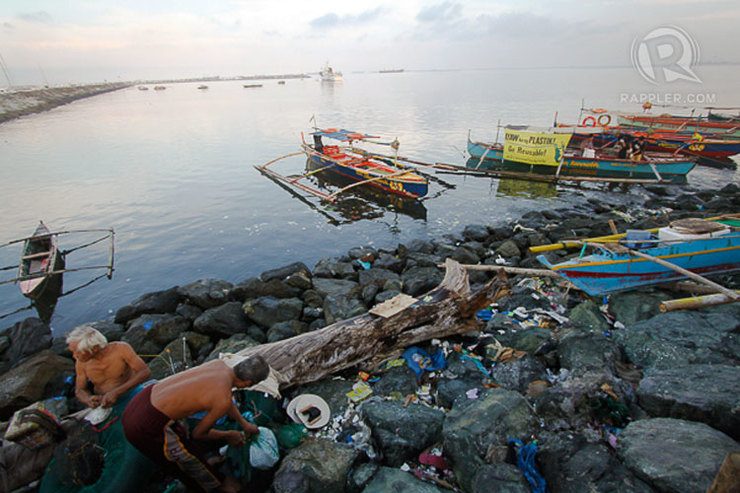
MANILA, Philippines – Plastic bags are the most common type of garbage found in Manila Bay, according to a waste audit conducted by environmental groups on Thursday, July 3, International Plastic Bag-Free Day.
The audit, organized by groups like EcoWaste Coalition, Greenpeace and Mother Earth Foundation, collected 1,594 liters of garbage, 23.2% of which were found to be plastic bags.
Plastics in general topped the list. Of the total, 61.9% of the waste were made of plastic. Coming in second place as top pollutants were plastic wrappers which comprised 18.8% of the collected trash. (READ: Up to 88% of ocean surfaces sullied by plastic – study)
The 3rd most common were miscellaneous discards like cigarette butts, clothes, rags and sponges at 15.7%. Rubber garbage like discarded slippers came in 4th place at 11.9% while biodegradable waste stood in 5th place at 9.7%.
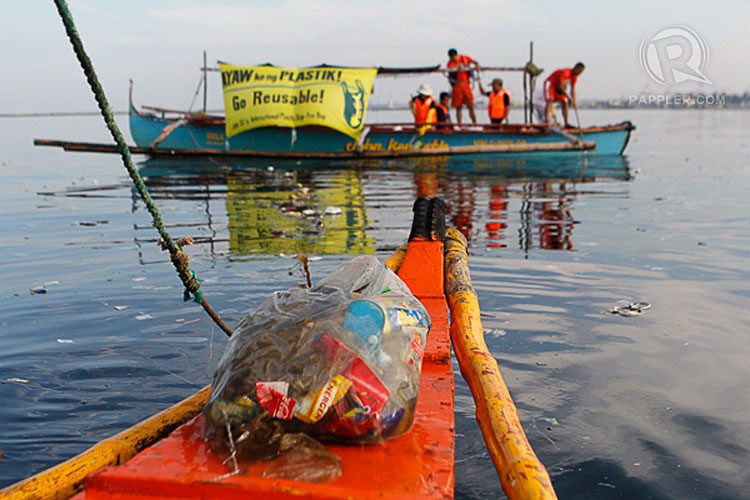
The green groups categorized the garbage into 12 types:
- Plastic bags
- Composites or plastic wrappers
- Polystyrenes (like styrofoam, print cartridges, coat hangers, DVD cases)
- Plastic bottles
- Hard plastics
- Rubbers
- Metals and cans
- Glass
- Hazardous wastes
- Diapers and napkins
- Biodegradables
- Other discards
Problem with plastics
This year’s findings were consistent with results in previous years, showing how plastic bags continue to pose a big problem for solid waste management in Metro Manila.
In 2010, the same environmental groups found that 75.5% of wastes in the bay were plastic discards. Of this, 27.7% were plastic bags.
In 2006, things were only slightly worse. EcoWaste Coalition and Greenpeace found that 76.9% of Manila Bay trash was synthetic plastic materials with plastic bags constituting 51.4%.
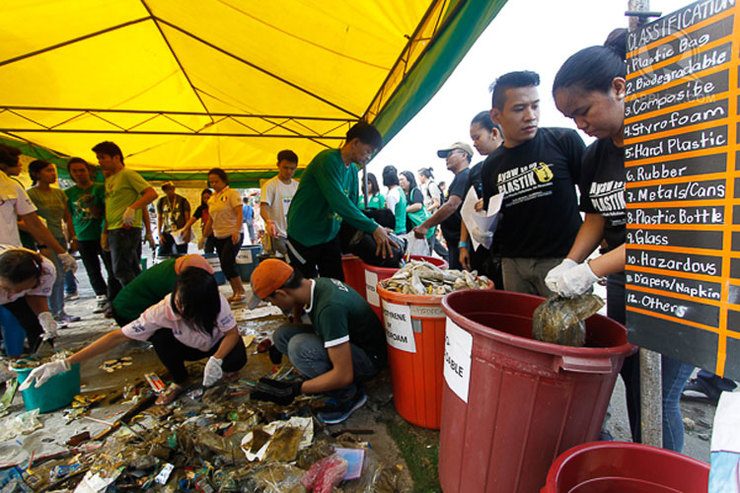
The continued prevalence of plastic bags in the bay proves that solid waste management in Metro Manila is far from effective, said Aileen Lucero of EcoWaste Coalition.
The better solution, she said, would be for the government to enforce a nationwide plastic bag ban which would bolster existing local government ordinances. Cities like Makati, Muntinlupa, Marikina and Pasig have banned the use of plastics in commercial establishments.
“Doing so will significantly lessen our waste generation, trim down waste management costs, and minimize correlated environmental threats such as flooding and marine pollution,” said Mother Earth Foundation chairperson Sonia Mendoza.
Individuals can do their part by bringing reusable bags like bayong or canvass bags when shopping, said Lucero.
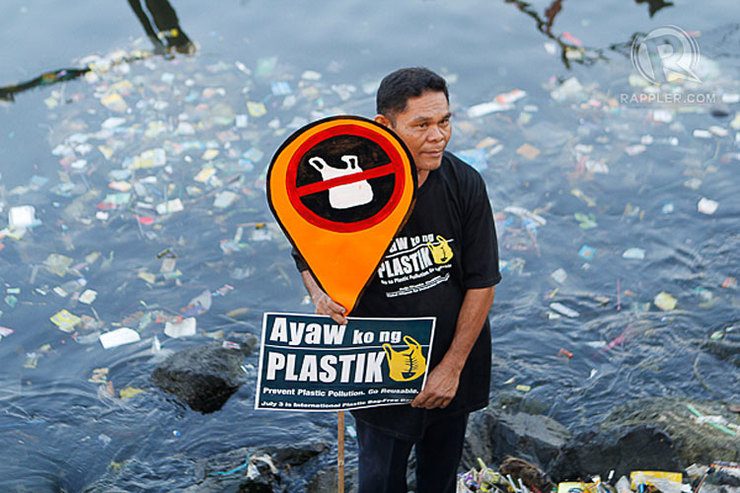
Plastics dumped in bodies of water like Manila Bay can wreak havoc in marine ecosystems. Plastic bags and cans can choke marine animals or damage coral reefs.
Ingested micro plastics can poison fish and sea turtles. When these marine animals end up on the dinner plate, plastics also find their way into humans.
Cleaning up Manila Bay
The recent audit also shows there is still much left to do to rehabilitate Manila Bay.
Last February, Manila Bay Coordinating Office (MBCO) executive director Noel Gaerlan told Rappler that the bay’s coliform levels (an indicator of water pollution) was still in the millions.
The target coliform level needed to make the bay clean enough to swim in is 1,000 MPN (most probable number per 100 milliliters).
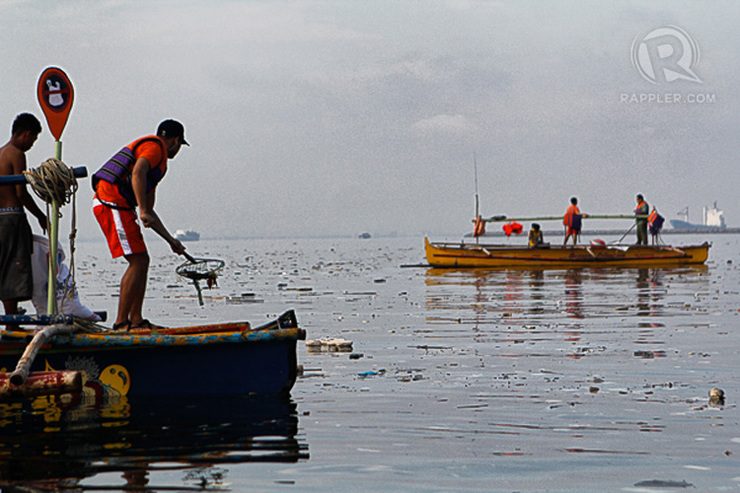
At least 6 government agencies have been tasked by the Supreme Court to restore Manila Bay under a Writ of Continuing Mandamus.
These are the Department of Environment and Natural Resources (DENR), Department of Public Works and Highways (DPWH), Department of the Interior and Local Government (DILG), Philippine Coast Guard (PCG), Metro Manila Development Authority (MMDA), and the Department of Health (DOH).
But Manila Bay is not the only Philippine body of water suffering from pollution.
According to US-based group Ocean Conservancy, the amount of garbage collected from Philippine seas has been doubling every year since 2010. – Rappler.com
Add a comment
How does this make you feel?
There are no comments yet. Add your comment to start the conversation.